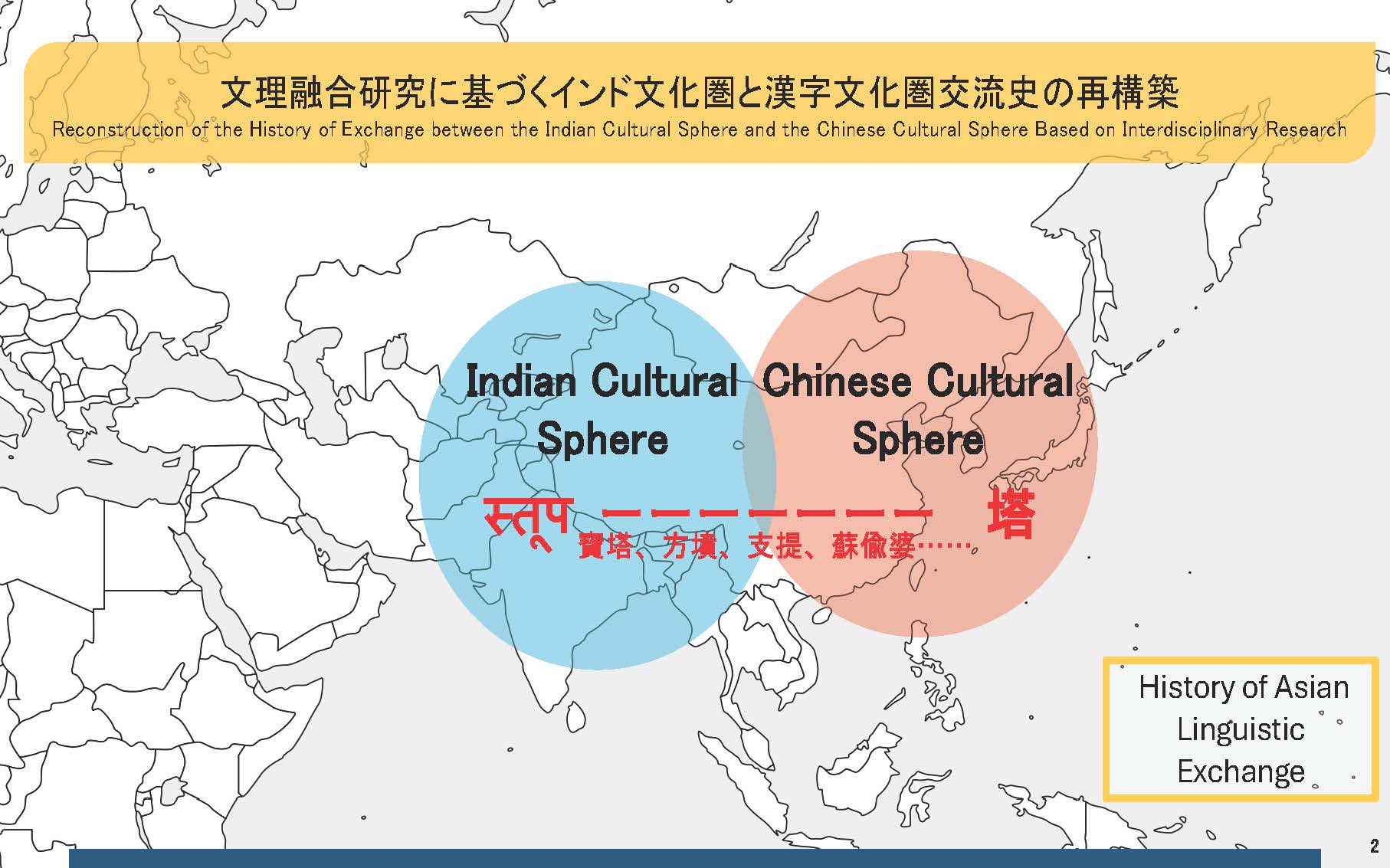Digital Humanities (DH)
philology
Japanese Linguistics
Chinese Linguistics
Buddhist Studies

LI Naiqi
Starting year 2024
Nagoya University
Institute for Advanced Research / Graduate School of Humanities
YLC Designated Assistant Professor
Research fields
Research Interests
Buddhist Dictionary
database
Indian Cultural Sphere
Chinese Cultural Sphere
Dunhuang manuscripts
Professional Memberships
The Institute of Eastern Culture
The Society for Research in Kunten Language
The Sinological Society of Japan
The Japanese Association of Indian and Buddhist Studies
International Association of Chinese Linguistics
Main research topics
It has been about 2,000 years since the translation of Buddhist scriptures began. However, the translated Buddhist scriptures are still not easy to understand. One of the reasons for this is that the translation of Buddhist scriptures itself is a multilayered undertaking. Although today, attention is paid only to the completed translation of the Buddhist scriptures, in fact, various related materials were produced during the translation project. For example, materials for translating, interpreting, and recording the “characters” and “words” of the Buddhist scriptures. This is called a “Buddhist dictionary. Buddhist dictionaries are a treasure trove of information on the Buddhist culture and history of the time.
Buddhist dictionaries take a lot of Buddhist terms and annotate them from various perspectives. Since the description format is the same for each source, it is structurally easy to conduct comparative research. In addition, there are differences in the contents of the annotations according to each period, region, and sect. For this reason, Buddhist dictionaries have been studied in various research fields, and individual results have been achieved. However, there is no comprehensive study of Buddhist dictionaries themselves.
In this study, we will conduct a cross-disciplinary study integrating the academic fields of bibliography, humanities information science, Buddhist studies, Chinese studies, Japanese studies, and Dunhuang studies, using Buddhist dictionaries held in various parts of the world. Specifically, we will construct and publish the “Ancient Buddhist Dictionary Database” to promote intensive and comprehensive research on Buddhist dictionaries. By compiling the results of this research, we intend to first elucidate the history of Buddhist dictionary translation. Ultimately, we aim to fundamentally reconstruct the history of exchange and fusion between the Indian cultural sphere and the Chinese cultural sphere.

Representative papers
LI Naiqi, “A Study of Old Manuscripts of the Yiqiejingyinyi(一切経音義)” (single-authored) , Kyuko-Shoin, 2021
Research URL
Nagoya University researchers https://profs.provost.nagoya-u.ac.jp/html/100013607_ja.html?k=李乃琦
Global issues to be solved through this project
Reconstruction of the History of Exchange between the Indian Cultural Sphere and the Chinese Cultural Sphere Based on Interdisciplinary Research
Civilizations in the eastern part of the Eurasian continent, the region known as Asia, have been shaped mainly by the exchange and fusion of Indian and Chinese cultures. This study addresses the global issue of elucidating the history of exchange and fusion between the Indian cultural sphere and the Chinese cultural sphere, using linguistic archives as the research subject.
We will select ancient Buddhist dictionaries that reflect the actual exchange between Indian and Chinese cultures at the ideological, cultural, and linguistic levels as our research subjects. We will survey and reprint ancient Buddhist dictionaries held in various parts of the world and conduct cross-disciplinary research integrating the academic fields of linguistics, bibliography, Buddhist studies, and Dunhuang studies. Furthermore, we will build and publish a “large database of ancient Buddhist dictionaries” by combining the traditional deciphering of historical materials with the cutting-edge technology of digital humanities. Based on them, we will promote interdisciplinary research and aim to fundamentally reconstruct the history of exchange and fusion between the Indian cultural sphere and the Chinese cultural sphere.
Interview
No interview

